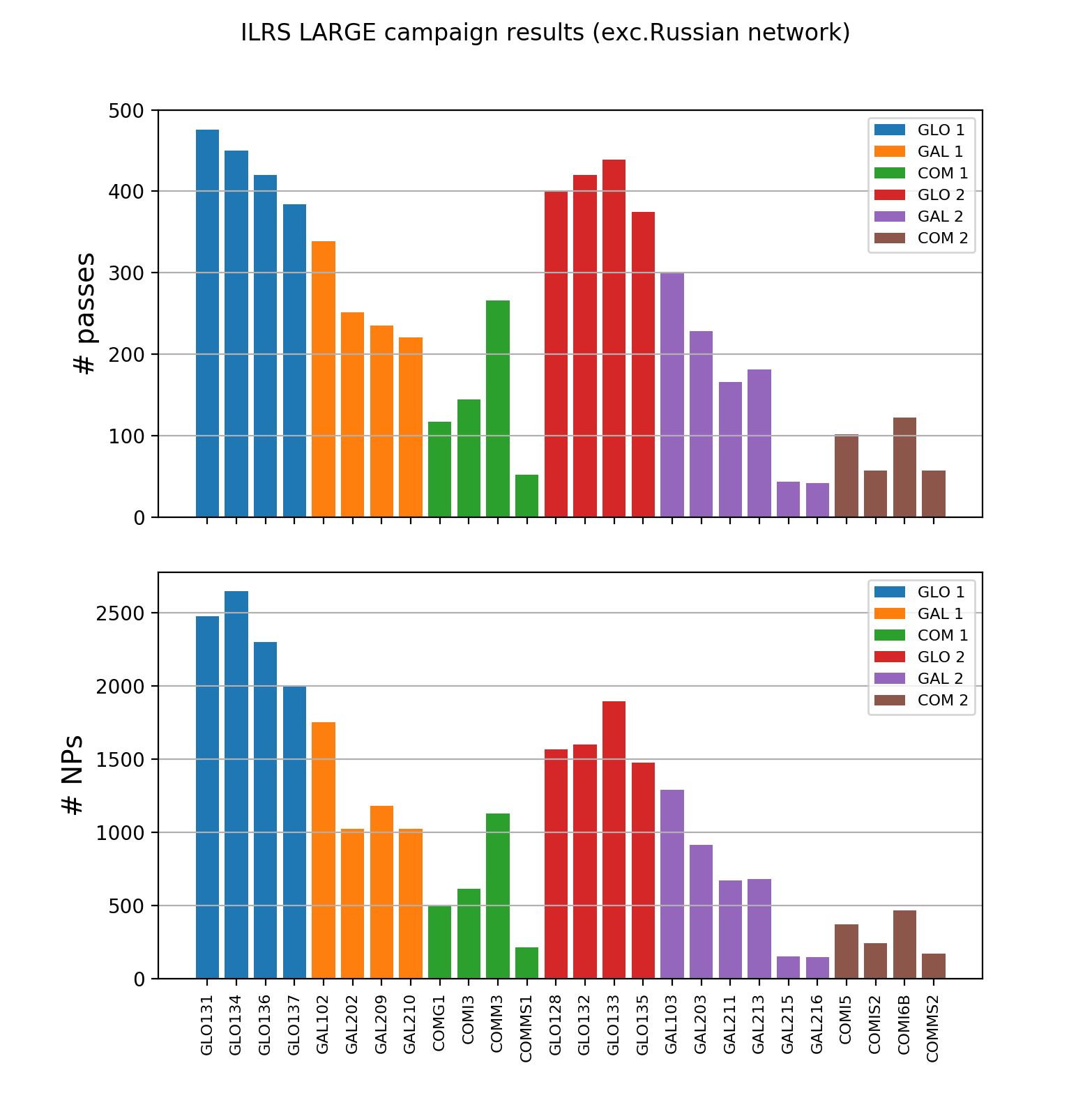There is a point that was mentioned already by Kalvis Salmins in Annapolis:
the current log file
do not have a dedicated line on the section 12 to report the difference height between the meteo sensors (in particular the barometric sensor) and the invariant point.
Anybody knows if and where this information is available for all the stations?
The pressure is reported on the CRD's in mbar in format 7.2, but according to the note on section 3.4.2. of the CRD format description, only the pressure changes by 0.1mB are significant enough to report.
what should be the recommended tolerance for measuring the height difference and/or maximum allowed height error if we want to set the sensor exactly at the invariant point level?
Another comment answering to pywang:
There is a work in progress from many years about having a traveling absolute barometer used to calibrate in-situ the SLR local barometers in Europe.
In this moment we have the GFZ Potsdam absolute barometer in Riga, and in July-August one intern from the bilateral Estonia-Latvia SpaceTEM Eslat project (
https://estlat.eu/en/estlat-results/spacetem.html) will use it to calibrate our secondary Vaisala PTU300 sensor.
After that we will send it back to Potsdam during the autumn.
So if another station wants to do the same, contact Sven Bauer at GFZ about loaning the absolute barometer, and us for some practical hints on doing and processing the data.
